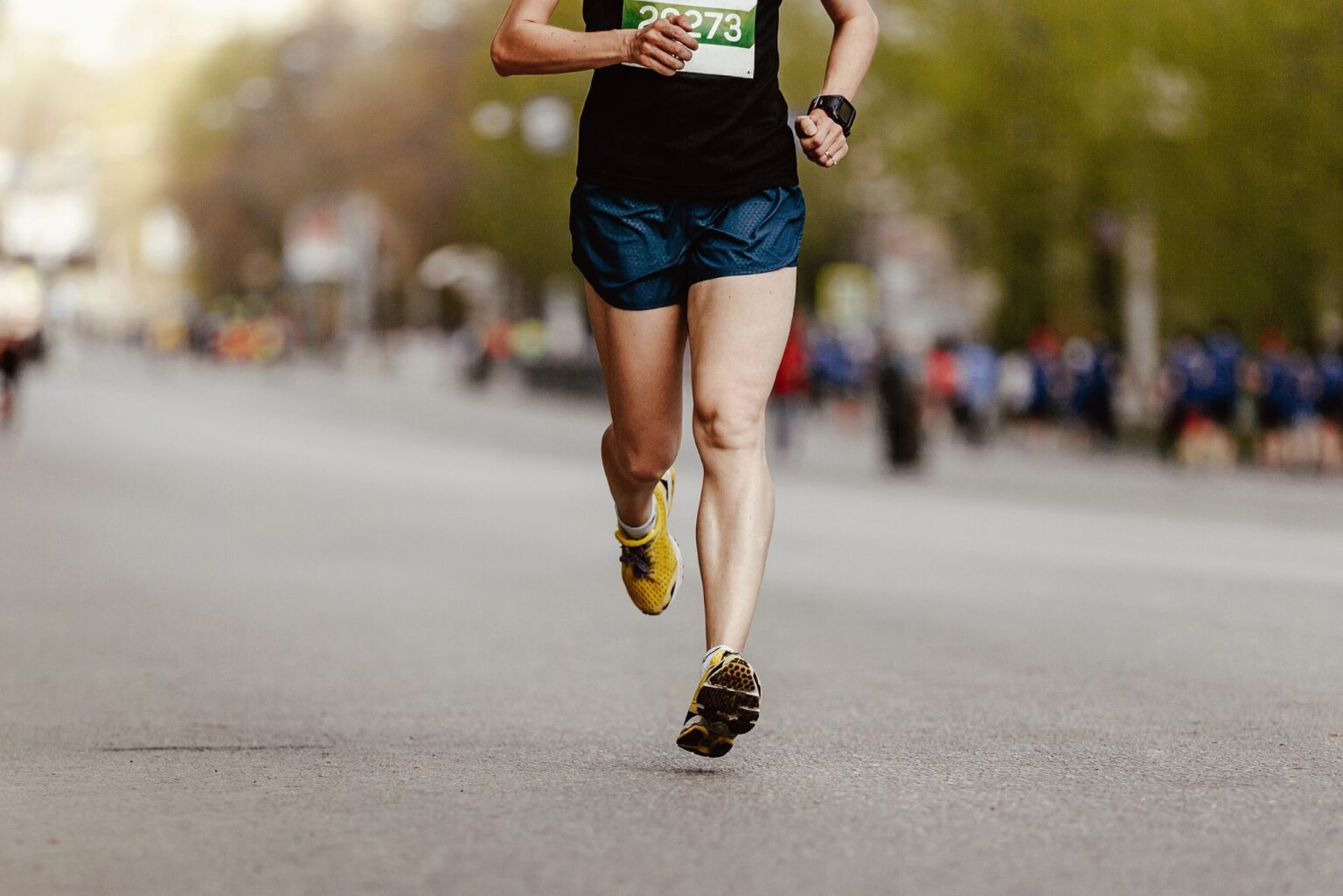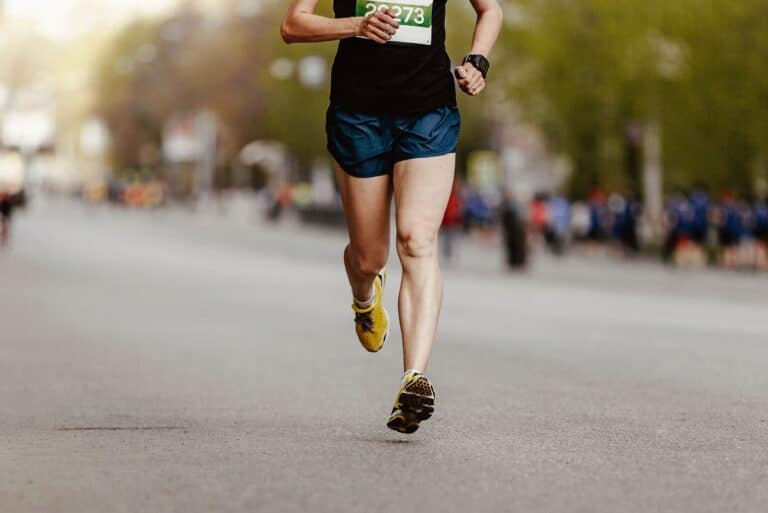


Over the past few years, I’ve been so focused on marathons that I’ve rarely participated in 5k or 10k races. This year, I’ve shifted my focus back to half marathons, and the half marathon training plans often mention running at a 5k or 10k pace, or even completing a 10k race. So: How do I judge the pace for my specific workouts?
The challenge is that my last 10k personal best was 38 minutes – over five years ago. I’m unsure what my current 5k or 10k pace should be, especially now that I’m in my 40s. How can I figure this out based on my recent marathon and half-marathon performances? Is there a formula or method to estimate these paces, or would I need to run a 10k race and test how long I can sustain my top threshold pace?
Charles
Running coach answer: How do I judge the pace for my specific workouts?
It can be difficult to find the relevant training paces for your interval and tempo sessions for short races when you have been in marathon training for so long. For sure, 5km pace can feel very fast when you have been mostly running steady at 60 to 90 seconds slower than marathon pace in training!
There are plenty of predictors that can help by giving an estimate, but in the end, we are all different, and our genetic make-up determines a lot. This, principally, is whether you are a fast-twitch muscle fibre-biased runner, as a sprinter is, or a slow-twitch muscle fibre-biased runner, like an ultra runner.
Or, if you are fortunate and you have a majority of A-B ‘trainable muscle’, that will allow you to develop prowess at a range of distances, through specific training, from 5km to the marathon – although not the full range in one training cycle.
As a runner in the A-B muscle fibre group, we would have to include runners like Mo Farrah. As the double Olympic 5,000m and 10,000m champion, with a world-class 1,500m, and an ability to run a fast 400m last lap, he certainly had trained to a large degree anaerobically, to develop the characteristics of fast twitch muscle – yet, by increasing his milage, and training more at aerobic levels, those muscle fibres turned to the characteristics of slow twitch – two years after he had moved onto the roads at the end of his track career, he managed to run 2:05 to win the Chicago Marathon – it’s a fast time but not a fast transition!
On the other hand, some of us have a predominance of one or other muscle types. I had a PB of 29:01mins for 10km and a marathon PB of 2:09:43 – that’s considered a slow 10km relative to the marathon time, but I could hold my pace relentlessly for the longer race. The reverse is true of the last British winner of the London Marathon, Eamonn Martin, who set a British 10,000m record of 27.23 but, despite winning both London and the Chicago Marathons, had a marathon best of 2:10:50. Eamonn was 1min 38sec faster than me at 10,000m but 1min 07 sec slower than me over the marathon – we were very different types of runner with different physiological makeup.
As an aside, I remember racing Eamonn Martin in a five-mile race in Rochester, Kent. He ran just behind me for all but the last 100 metres. I did all I could to keep winding up the pace before the inevitable at the finish – woosh, Eamonn shot past me to win, leaving me way behind in the sprint.
So, a lot depends on you.
The question, though, is how do I judge the pace for my specific workouts at 5km, 10km, and half marathon if I haven’t run them in a long time?
I would say, from a practical level, turn up at a few parkruns and run as hard as you can, and you will soon find out your current basic speed at 5km. You can then work out probable speeds for your current 10km and half marathon ability. As a very broad rule of thumb, for 5km to 10km, I double the 5km time and add 60 to 90 sec, and for the half marathon, I half the marathon time and take off 5 to 10 minutes. It gives a broad range of paces.
“As a very broad rule of thumb, for 5km to 10km, I double the 5km time and add 60 to 90 sec, and for the half marathon, I half the marathon time and take off 5 to 10 minutes. It gives a broad range of paces.”
Mike Gratton – Head Coach – London Marathon Winner 1983
I think this is close enough, though, for deciding on training paces, where you should train in a range – let’s say for a half marathon pace range, based on a recent 3hr marathon, something like 6:25 to 6:35 min/mile (4:00 mins to 4:10 min/km) would be sufficiently accurate for this purpose.
You can find predictors on many websites – Runner’s Worlds website predictor gives the following range of times: 3hr marathon = 1.26:02 half marathon = 39:07 10km. These will be average times worked out from across the running population. Garmin Connect has a feature that takes your current data, such as your heart rate, VO2Max, your age and weight, to give predictions based on ‘you’.
These are a good starting point – they set reasonable training paces for your current fitness.
I never use them with my athletes to determine targets for races, as I feel they are often self-fulfilling. If the predictor suggests you can run a 1:30 half marathon, you will set out your race plan to achieve that. I find that most often, runners run personal best times when they take some risk – running a personal best does mean you have to go faster than you have ever done in a race before!
Of course, you can overcook it, go out too fast, burn and fade and end up with a worse time – this is where experience comes in.
In the end, run some races at a variety of distances, and you will find your real current ability. If you get the training right and start to improve at the shorter (than marathon) distances, then you need to adjust the relevant training paces as you progress.
Have a running training question? Ask Mike for free, and we’ll share the answer online for everyone to benefit! Send your question to us today.
Join our mailing list to stay up to date with the latest UK running events, training tips, and exclusive offers on running products. Rest assured, we value your privacy and would never dream of selling your address. Sign up now…
Share this article
As runners over 40, we often focus on mileage, speed, and endurance. But there’s a...
Hi Mike, have you successfully used a negative split strategy in a race? What was...
Did you know that the world record for completing a half marathon is 57 minutes...
Trail running offers a wonderful escape into nature. Unlike road running, which involves constant pavement...
“When aiming for marathon pace on a hilly course in Surrey, should I focus on...
We’re here to make sure you’re up-to-date with the latest running tips, events and product discounts – we’ve always got your back! Rest assured, we value your privacy and would never dream of selling your address.
BONUS: Sign up today and receive a FREE code for our Sub-4-Hour Marathon Plan